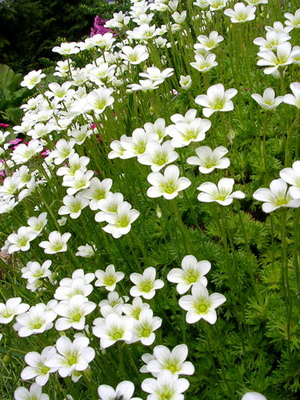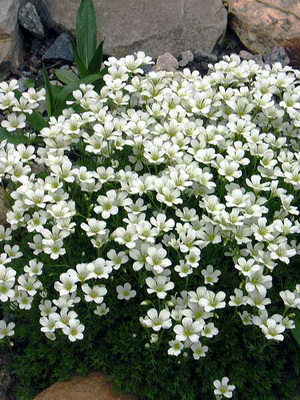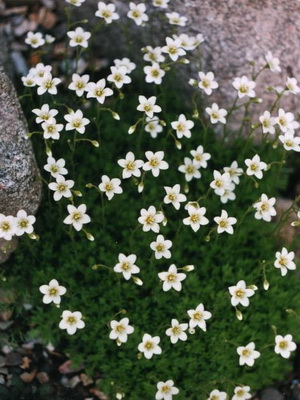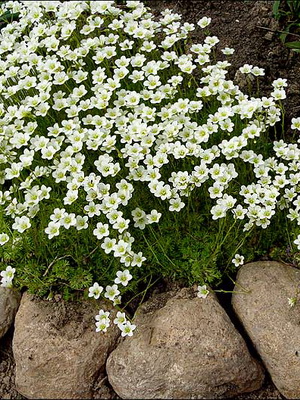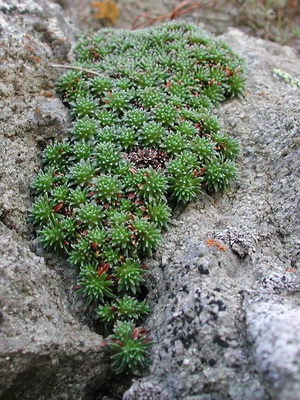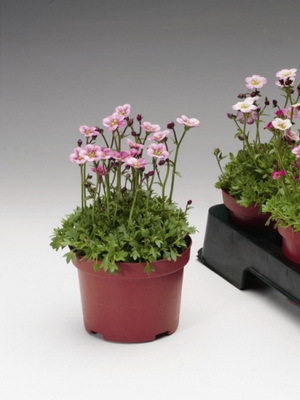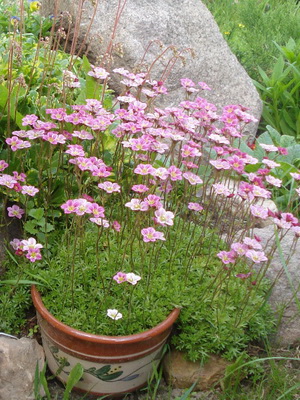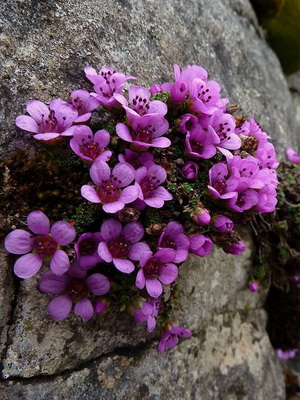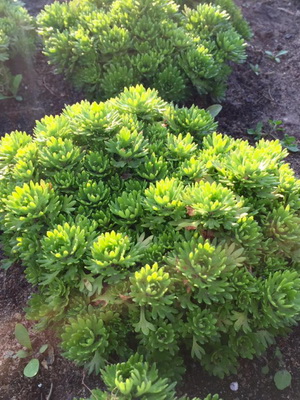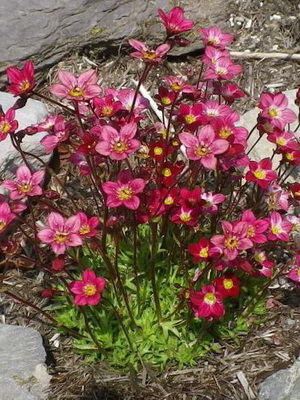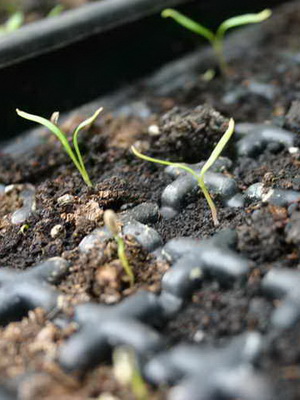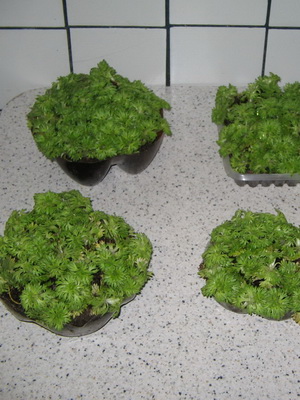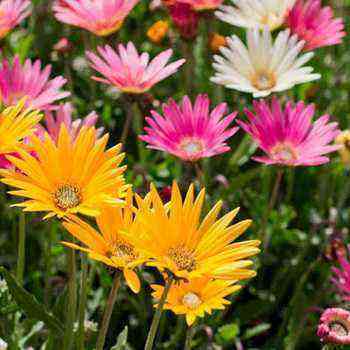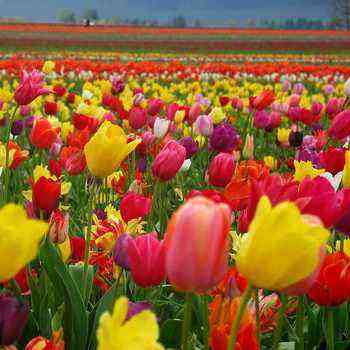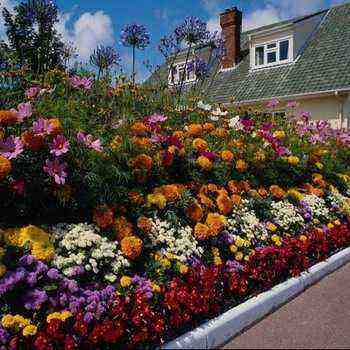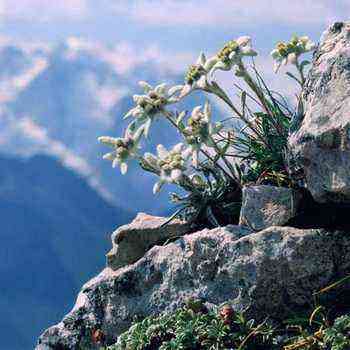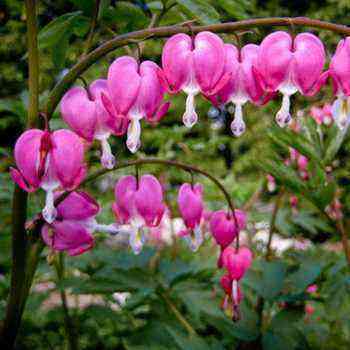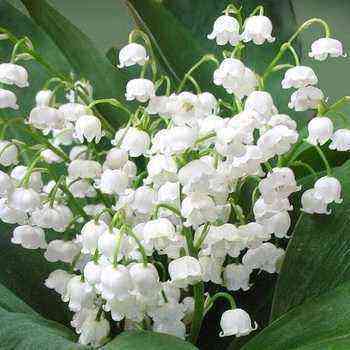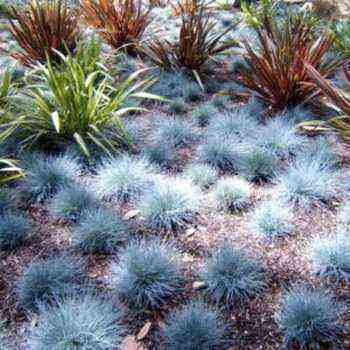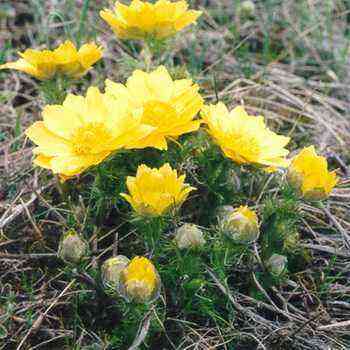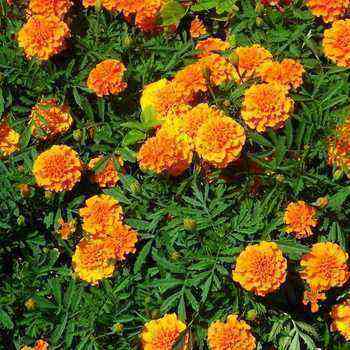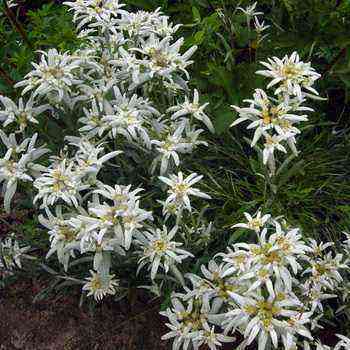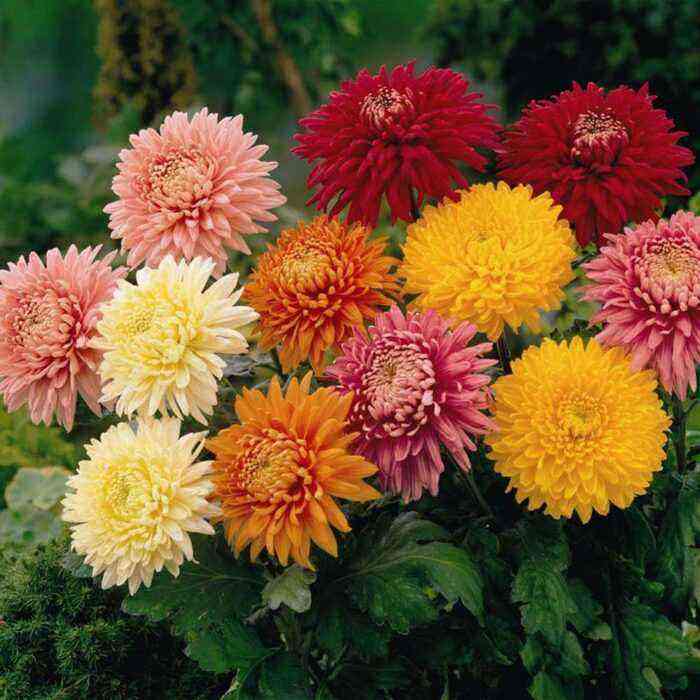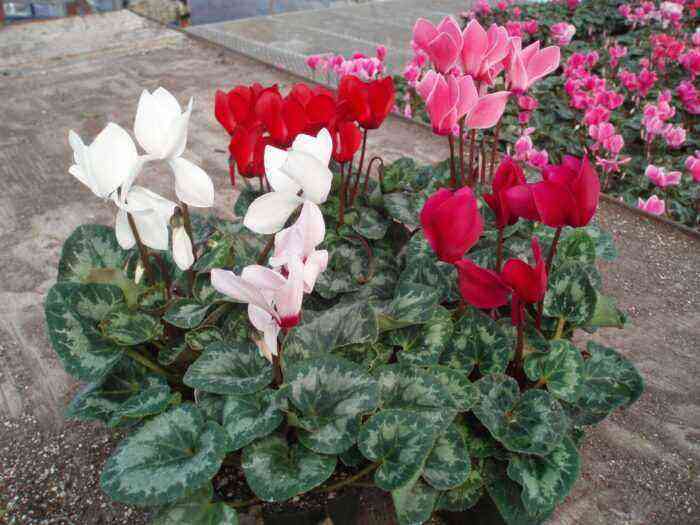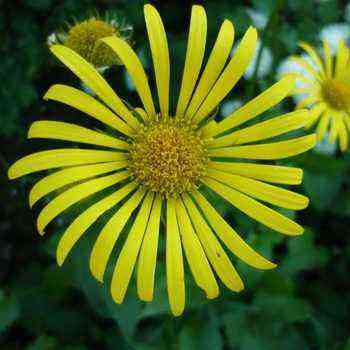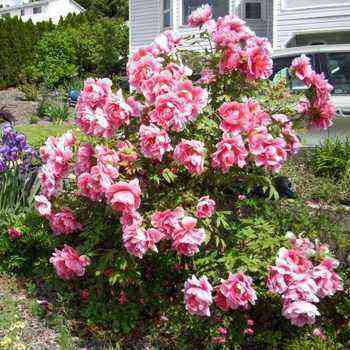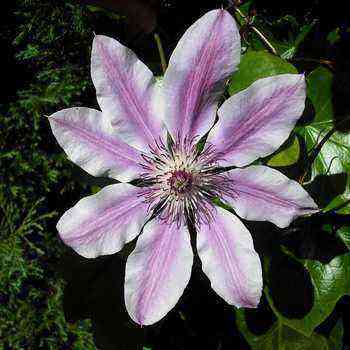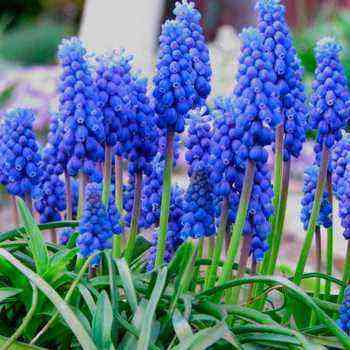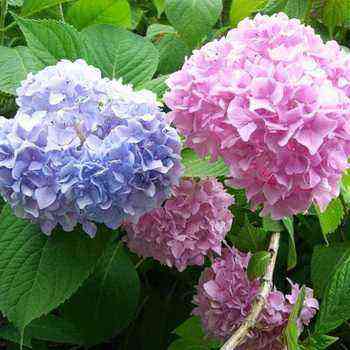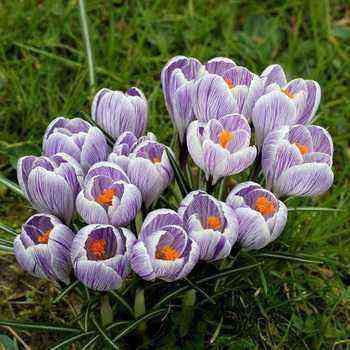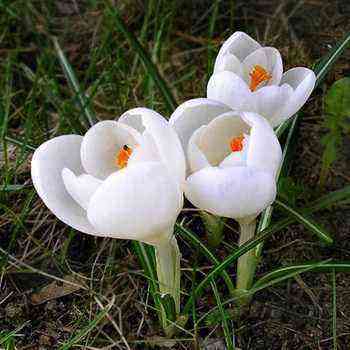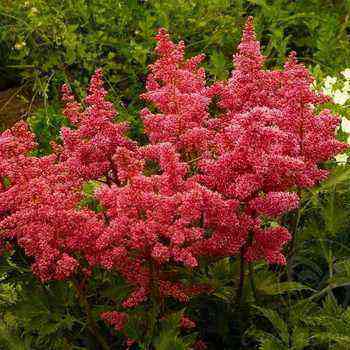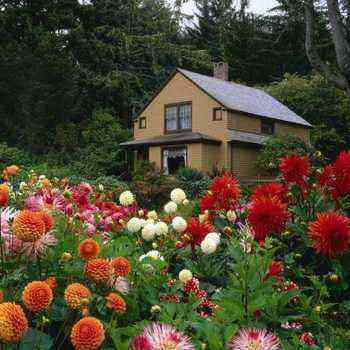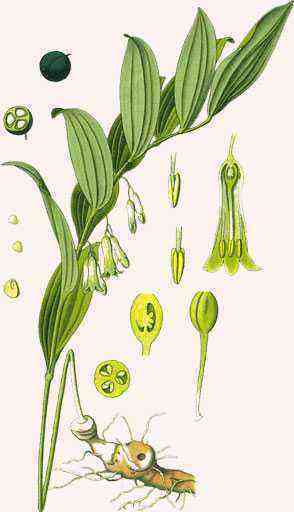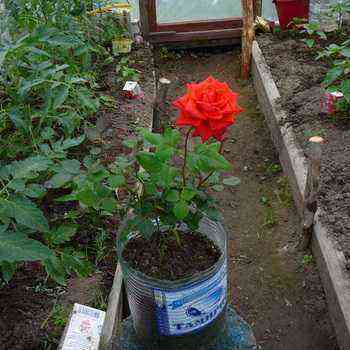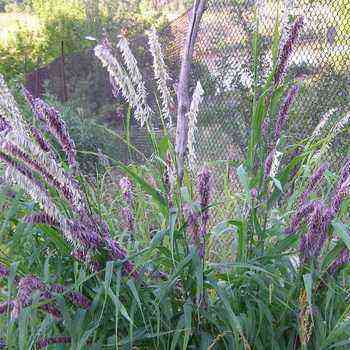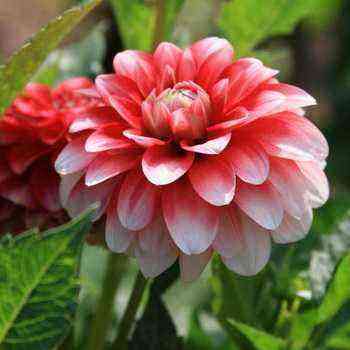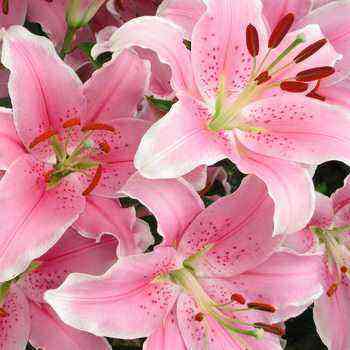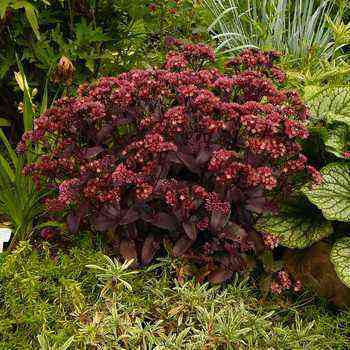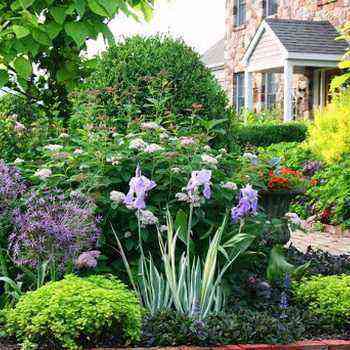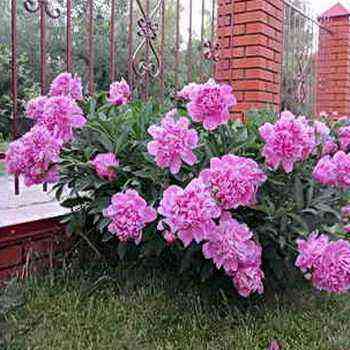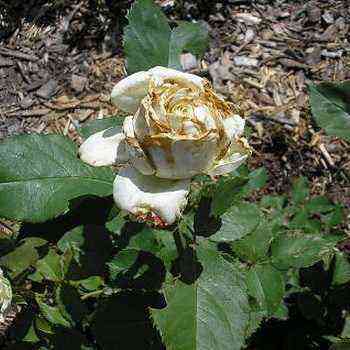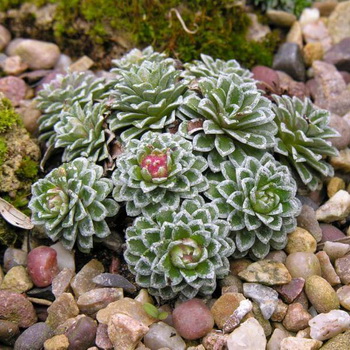
Surprisingly, this vast genus in Russian gardens is represented by only a few species. Most often grown so-called “moss” – Arends’s saxifrage (Saxifraga x arendsii). Large-leaved species can sometimes be found.
There are about 370 species in the genus, most of which are very decorative.
Of course, saxifrage is not the kind of plant you can stick into the ground and enjoy. Indeed, even large-leaved species, so similar to ordinary perennials, live in nature among stones. And what can we say about compact pillows?
On this page you can see the photos, names and descriptions of saxifrage of different species, as well as the rules for their cultivation and reproduction.
Types of saxifrage: photos, names and descriptions
The vast kingdom of saxifrage is divided by botanists into sections, and those, in turn, into subsections. It is not necessary to know the exact classification of saxifrage, but if you take into account the belonging of a particular variety or species to a particular group, it is easier to deal with agricultural technology.
The most common, simplest, pillow-looking saxifrages are those of the Saxifraga section:

soddy saxifrage (S. caespitosa)
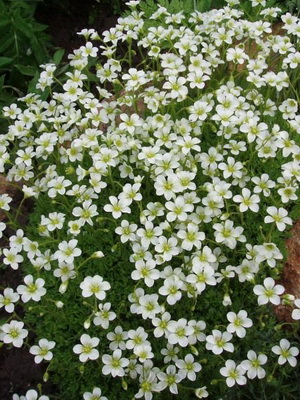
Arends’ saxifrage (S. x arendsii)
These species and their varieties form rugs that can be grown simply in the foreground of a flower garden, along paths or between steps of stairs, as a ground cover. These plants are very unpretentious, winter-hardy, tolerate short-term flooding and dryness. All their agricultural techniques for caring for saxifrage flowers will be reduced to periodic, once every five years, redrawing, because old plants become bare in the middle and require renewal. Plants remain low even during the period when the seeds are ripe.
As you can see in the photo, this species of saxifrage has abundant, lush flowering:
The members of the Gymnopera section are generally larger with juicy, fleshy leaves. They grow rather slowly, bloom with whitish flowers on long peduncles. They prefer shaded places, they can be used in forest areas both in crevices and simply in flower beds.
Then the Alpine aristocracy begins. The species included in the Ligulatae section are also called silver saxiphrags. They are really silver! Not at all similar to the previous groups, their leaves are rigid, covered with numerous white outgrowths and specks. The section is numerous, the most popular are:
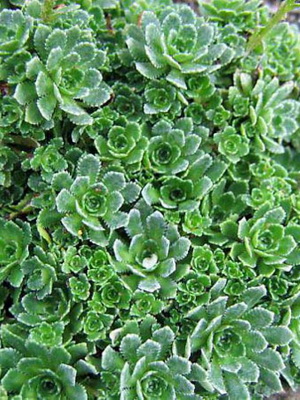
Saxifrage paniculata (S. paniculata)

long-leaved saxifrage (S. longifolia)
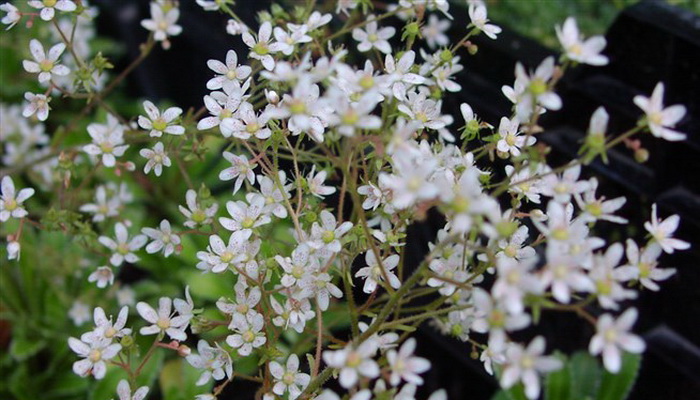
blunt-leaved saxifrage (5.cotyledon)
Other views are just as beautiful! Plants are decorative all year round (after all, their leaves are evergreen), bloom in early summer.
Pay attention to the photo – these saxifrage have small, white or freckled flowers, collected in complex inflorescences on relatively long stems:
There is no place for silver saxiphrags in the garden. There they will be crushed by more nimble neighbors, and the winter or spring moisture will be destructive for them. These aristocrats must live on an alpine hill, running roots between limestone boulders. They need plenty of light and occasional hydration during dry periods.
The finest, most impressive saxifrages belong to the Porphyrion section, or inlaid. These miniature species naturally occur in the harshest conditions. Such plants are very popular abroad, breeders have been crossing them for a long time and have bred many breathtaking varieties.
As shown in the photo, growing and caring for saxifrage is also possible in pots:
This is due to the fact that, firstly, some species and varieties require strict adherence to moisture and soil conditions, therefore they are kept in special alpine greenhouses. Secondly, saxifrage is grown in bowls to be displayed at exhibitions. And thirdly, saxifrage grows well in conditions where the space for root development is limited.
It is pointless to list the types and varieties of porphyrions. If you see a tiny bump of textured leaves, completely covered with flowers that almost do not rise above the plant or, conversely, collected on a bizarrely curved peduncle, you have a porphyrion.
Saxifrags of other sections are either rare in culture or insufficiently decorative.
Look at the photos of the saxifrage described above:
Saxifrage in the garden: growing conditions and care
Do you want your tiny rug to be covered with breathtaking flowers in your garden every spring? For planting and caring for flowers with saxifrage, it is best to build a rock garden. The most luxurious saxifrage can grow exclusively in the cracks between stones, preferably limestone. Full sun or the lightest shade, watering, but without stagnant moisture, permeable, but quite nutritious soil and the obligatory gravel mulch – this is a “gentleman’s set” for saxifrage. The exception is the most unpretentious and rather large: Arends’ saxifrage, shady, round-leaved and some others. They can be used in ordinary flower beds.
Pay attention to the photo – planting and caring for saxifrage can be carried out not only in the alpin house:
Most porphyrions feel great between stones in an open rock garden. In order to grow healthy saxifrage, as practice shows, the main thing is to provide them with loose soil containing limestone gravel, drainage and gravel mulch. During particularly wet periods, it is a good idea to cover the saxifrage from the rain.
In nature, there are saxifrage cushions up to a meter in diameter, their age is even difficult to imagine. In the garden, these plants are less durable, because artificially created conditions are rarely ideal. Saxifrage requires periodic renewal, young plants withstand various disasters much better.
True aristocrats, saxifrage cannot do without disease. True, they usually manifest themselves either from old age or from improper agricultural techniques. The main symptom of the disease is the browning of individual outlets. They must be removed, the plants must be sprayed with fungicide and the soil must be limed.
Reproduction of saxifrage: how to grow a flower from rosettes and seeds
Reproduction of saxifrage is possible by rosettes and by seed. It is easy to get “youth” – you need to cut individual rosettes, tearing them off the mother plant as deep as possible. As a rule, in saxifrage, all shoots come from the root collar, but they often have adventitious short roots, which, if necessary, quickly develop into a full-fledged root system.
It is better to root the cuttings in coarse sand, under a layer of which a loose soil mixture is used.
Spring cuttings take root within a month, summer cuttings take longer. During rooting, it is necessary to monitor the moisture content of the substrate. Saxifrage can be replanted, preferably in the spring after flowering.
In selection, as well as in the reproduction of species, sowing of seeds is used. Here, for different species, the methods will be different: for example, Arends’ saxifrage rises very quickly when sown in a warm place, and almost all porphyrions and silver saxifrage will require stratification. Seedlings develop slowly, in compact species only one rosette grows in the first year of life.
These photos show how to grow saxifrage from seeds:
